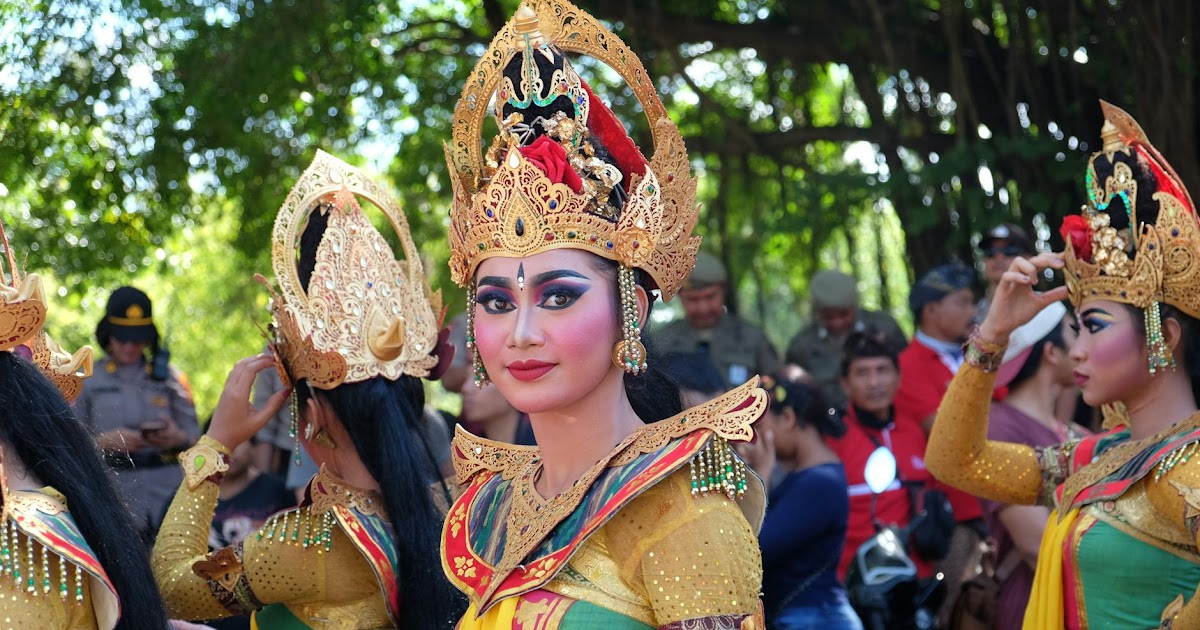Introduction
South America is a continent rich in history and culture, with a diverse range of indigenous tribes that have occupied its lands for thousands of years. These tribes have developed unique languages, customs, and traditions that are deeply rooted in their relationship with the environment. The exploitation of resources through different technologies has shaped their way of life and influenced their social structures.
Indigenous Tribes of South America: A Rich Tapestry
The indigenous peoples of South America have a complex history that spans thousands of years. Each tribe has its own distinct culture, language, and way of life. They have adapted to the changes brought about by European colonization, but continue to maintain their traditional practices and beliefs. Today, they are an integral part of the region's cultural heritage.
Exploring Language Families
Native language families in South America encompass large territories and numerous societies. These language families cut across different cultural and social groups, representing a diverse range of geographical and environmental surroundings. Although there is some variation among these languages, they share certain similarities that reflect the interconnectedness between these tribes.
This classification provides a simplified understanding of South American Indian languages. It is important to note that this is not an exhaustive list and there may be other language families not included here.
Prehistoric Period: A Time Before Agriculture
Contrary to popular belief, human life-forms did not evolve in the New World. However, archaeological discoveries have unearthed human skeletal remains associated with now-extinct species from the Ice Age. Scientific dating techniques suggest that agriculture was practiced along the Peruvian coast as early as 2300 BC.
During this prehistoric period, South America was sparsely inhabited by simply organized hunters and gatherers who occupied favorable regions for survival. As agricultural knowledge spread throughout the region over time, populations increased in size and communities became more settled.
The Formative Era: Development & Expansion
The formative era in South America saw the development of basic technologies and lifestyles that later evolved into more complex cultural forms and state institutions. Around 500 BC, regional styles began to emerge in the manufacturing of goods and public buildings.
Later, during the last phase of the prehistoric era in the central Andes, regional states were absorbed into vast empires such as the Inca Empire. The Inca people began their expansion in 1438 and completed it in 1532, just before the arrival of Spanish conquistadors.
Indigenous Tribes: Life in Different Environments
South America is home to a wide range of indigenous tribes living in diverse environments. In tropical forests like those found in parts of Brazil and Colombia, tribes such as the Jívaro, Yaruro, and Makú rely on hunting, fishing, and gathering wild plants for sustenance. These societies have developed unique customs and beliefs that are deeply rooted in their close relationship with nature.
In contrast, agricultural villagers living in tropical forest regions have more developed exploitative techniques compared to hunters and gatherers. They cultivate crops and have larger settled communities with social controls based on kinship rights. Warfare plays a significant role within these communities for social mobility and capturing war captives for various purposes.
Tiwanaku & Chimú: Ancient Cultures
Two major ancient cultures that emerged in the central Andes region were Tiwanaku and Chimú. Tiwanaku spread its influence from present-day highland Bolivia northward to Lima during its peak period. Their achievements include impressive architecture, religious rituals, agriculture techniques, metallurgy skills, among others.
The Chimú culture flourished along Peru's northern coast from approximately AD 1000 until being conquered by the expanding Inca Empire around AD 1470-1480. They left behind an impressive legacy including monumental adobe architecture (e.g., Chan Chan), skilled pottery production (e.g., stirrup-spout vessels), and a highly organized society.
The Spanish Conquest: A Turning Point
The arrival of the Spanish conquistadors in South America had a profound impact on indigenous tribes. The Inca Empire, which seemed on the verge of civil war at the time, was abruptly cut short by the Spanish conquest under Francisco Pizarro. The Spaniards were attracted by the region's abundance of gold ornaments and religious objects, leading to excessive exploitation and mistreatment of indigenous peoples.
Despite colonization, many indigenous tribes managed to preserve their cultural heritage and traditions. Today, these communities continue to fight for recognition and respect for their rights as they strive to maintain their unique identities within modern South American society.
In the Final Analysis
The Indigenous tribes of South America have an intricate history that spans thousands of years. Their languages, customs, and way of life are deeply intertwined with their environments and resources. These tribes have faced challenges brought about by European colonization but remain resilient in preserving their cultural heritage.

As we explore the rich tapestry of South America's indigenous cultures, let us remember that these tribes are not relics from the past but vibrant communities that contribute to the diverse fabric of our world today. It is quintessential that we honor and respect their histories, traditions, and aspirations as we work towards a more inclusive future for all.
—www.amazon.comAdditional Reading
—mythoughtfultravels.blogspot.com

